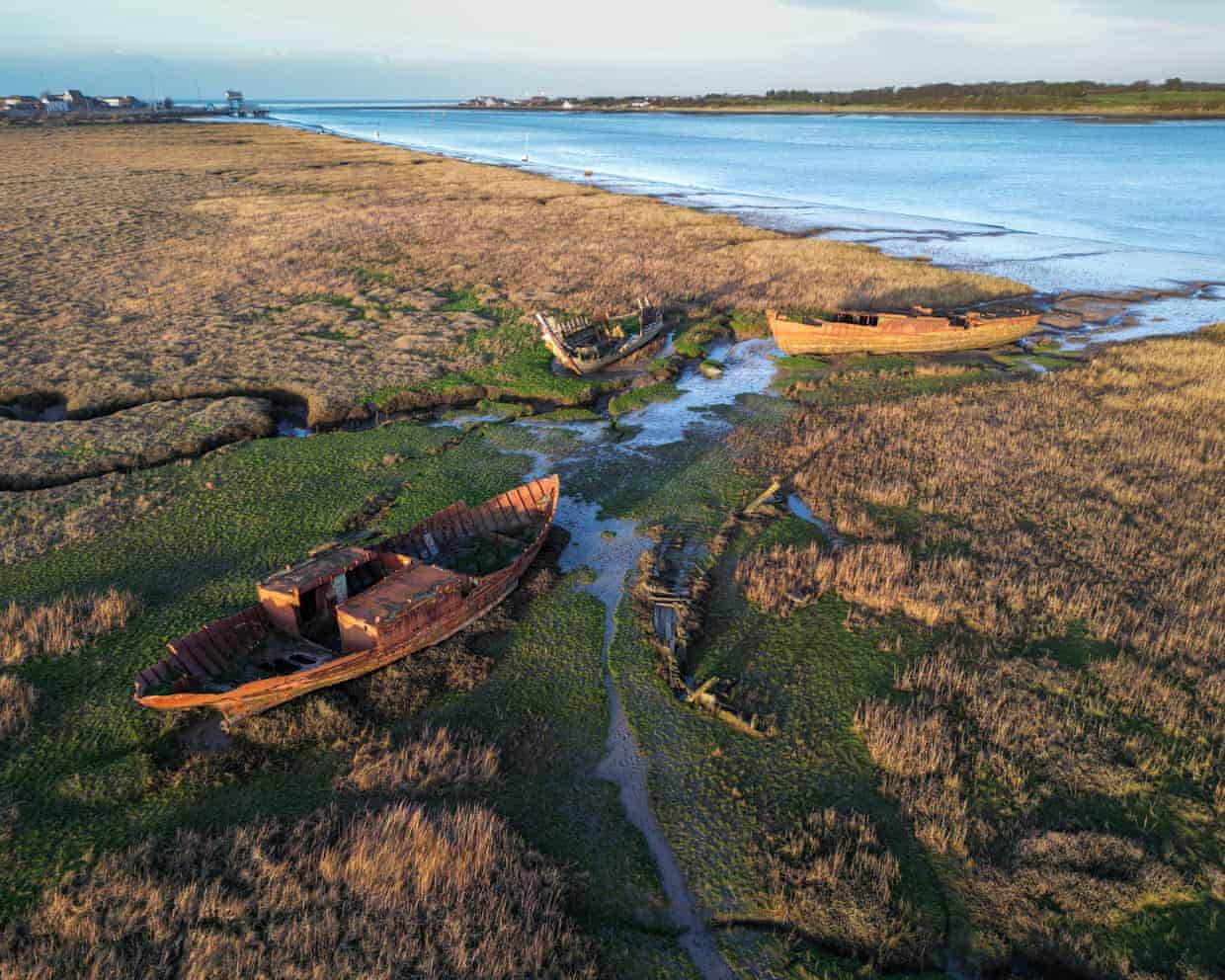World
Regulators Fail to Test Toxic Chemicals Near Lancashire Plant

Concerns are rising as regulators in the UK have not included a potentially harmful chemical produced by AGC Chemicals in their ongoing testing near a plant in Lancashire. Despite evidence of significant emissions of EEA-NH4, a compound linked to reproductive toxicity, the Environment Agency has focused its efforts elsewhere, raising alarms among local residents and experts alike.
Independent sampling has uncovered the presence of EEA-NH4 in the soil surrounding the AGC facility, alongside the more widely known PFOA (perfluorooctanoic acid). PFOA has been previously identified as a banned carcinogenic substance being discharged into the nearby River Wyre. Residents in the area have been advised against consuming produce from their gardens due to contamination risks.
In a recent analysis, forensic scientist and PFAS expert Dr. David Megson highlighted the critical oversight, stating, “Our results showed that in addition to PFOA, the soil surrounding the site consistently contains EEA-NH4 and hydrogen-substituted carboxylic acids (H-PFCAs).” He emphasized that any health risk assessment that does not include these chemicals likely underestimates the dangers posed by PFAS in the region.
The Environment Agency is currently conducting sampling of soils and waters around the AGC site for various PFAS compounds, including PFOA. The agency has detected these substances but has not tested for EEA-NH4, despite a report estimating that approximately 800 kg of the chemical is released into the River Wyre annually. The agency has stated it can only search for PFAS compounds with established analytical standards, which currently do not include EEA-NH4.
Regulatory experts are calling for a broader examination of PFAS emissions. Prof. Hans Peter Arp, a PFAS researcher at the Norwegian Institute of Science and Technology, noted the global implications of the situation, stating, “This is not just a UK problem but a global one. We need stronger monitoring of total PFAS, not just known substances like EEA-NH4, but residuals too.”
Local academic Crispin Halsall, a professor of environmental organic chemistry at Lancaster University, echoed these concerns, suggesting that the Environment Agency should expand its testing to include EEA-NH4 and other related compounds. He remarked that integrating these substances into current analytical procedures could significantly alter risk assessments and highlight potential threats to public health.
AGC Chemicals has expressed its commitment to environmental standards and community safety. A spokesperson for the company stated, “We take our commitments to the local community and to the environment extremely seriously.” They noted that AGC had voluntarily commissioned a third-party assessment of the land it occupies, which includes evaluations of both current and legacy chemicals.
The spokesperson also pointed out that the use of EEA-NH4 is authorized under the facility’s environmental permit and that an independent risk assessment conducted by the Environment Agency in April 2023 found no significant public health risk related to the site. They emphasized that independent monitoring over four decades indicates minimal impact on protected areas of the Wyre estuary.
In response to the ongoing concerns, a representative from the Environment Agency confirmed they are working with AGC to ensure compliance with their environmental permit. They mentioned that at the request of Wyre Council, the agency is investigating the site and surrounding areas for historical contamination unrelated to current operations. The spokesperson added that there is insufficient evidence to suggest widespread contamination from EEA-NH4 in the nearby land.
As this situation unfolds, residents and environmental advocates continue to call for more robust oversight and testing of chemicals emitted from industrial sites, highlighting the need for comprehensive assessments to safeguard public health and the environment.
-

 Science2 weeks ago
Science2 weeks agoIROS 2025 to Showcase Cutting-Edge Robotics Innovations in China
-

 Politics2 weeks ago
Politics2 weeks agoJudge Considers Dismissal of Chelsea Housing Case Citing AI Flaws
-

 World2 weeks ago
World2 weeks agoBravo Company Veterans Honored with Bronze Medals After 56 Years
-

 Lifestyle2 weeks ago
Lifestyle2 weeks agoStone Island’s Logo Worn by Extremists Sparks Brand Dilemma
-

 Top Stories2 weeks ago
Top Stories2 weeks agoIndonesia Suspends 27,000 Bank Accounts in Online Gambling Crackdown
-

 Sports2 weeks ago
Sports2 weeks agoMel Kiper Jr. Reveals Top 25 Prospects for 2026 NFL Draft
-

 Health2 weeks ago
Health2 weeks agoStartup Liberate Bio Secures $31 Million for Next-Gen Therapies
-

 Health2 weeks ago
Health2 weeks agoTop Hyaluronic Acid Serums for Radiant Skin in 2025
-

 World2 weeks ago
World2 weeks agoHoneywell Predicts Record Demand for Business Jets Over Next Decade
-

 Politics2 weeks ago
Politics2 weeks agoNew Jersey Voters Urged to Register Ahead of November Election
-

 Lifestyle2 weeks ago
Lifestyle2 weeks agoMary Morgan Jackson Crowned Little Miss National Peanut Festival 2025
-

 Sports2 weeks ago
Sports2 weeks agoYamamoto’s Mastery Leads Dodgers to 5-1 Victory in NLCS Game 2









